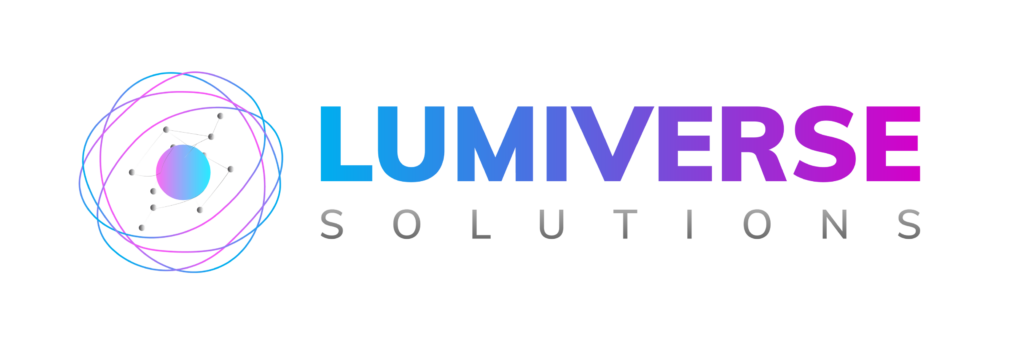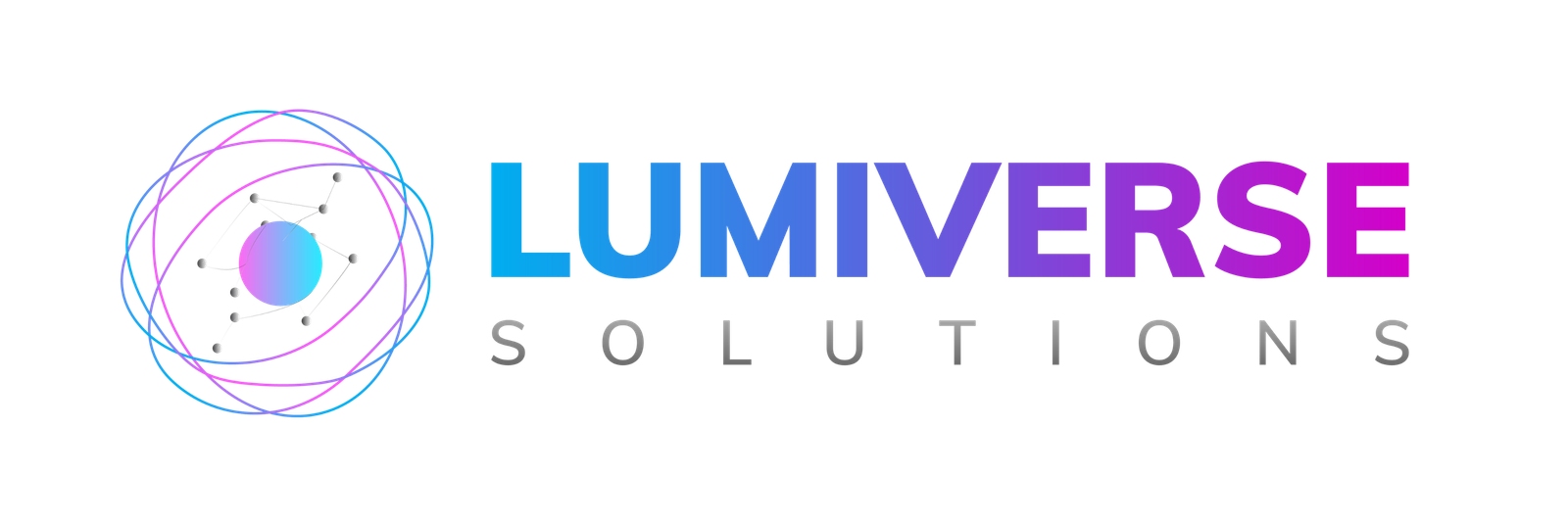Cybersecurity in a Hyper-Connected World What’s Next?
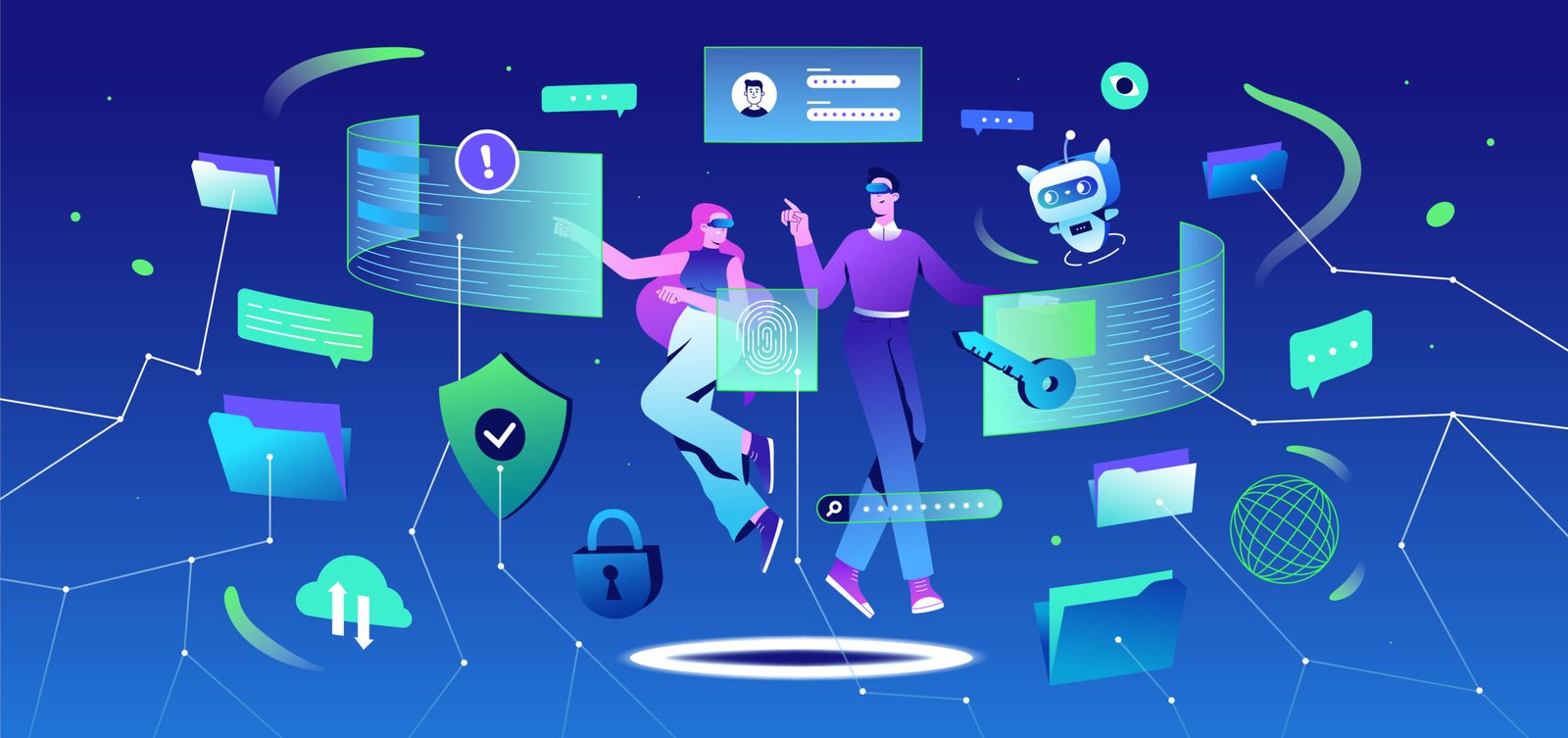
INTRODUCTION
The modern world of rising interconnectedness demands our world to be more dependent on cybersecurity than ever before. The pace at which technology is advancing leaves organizations, governments, and individuals susceptible to cyber attacks on a daily basis. With the advent of the Internet of Things (IoT), artificial intelligence (AI), and cloud computing, cybersecurity experts have more challenges in the modern world to deal with. In the constantly changing digital age of today, it is necessary to stay one step ahead of changing threats. This blog maps the path to the future of cybersecurity in the hyper-connected world and security-by-anticipation.
Growing Need for Cybersecurity in the Hyper-Connected World
With a staggering amount of connected devices, cybersecurity in the hyper-connected world is at the forefront. Corporation business enterprises are spending billions of dollars in security tools to protect confidential information from cyber threats. As consumption of digital media is on rise, business enterprises are falling victims to each kind of cyber attack from phishing to ransomware. With increasing attack surface, hyper-connected world cyber security has to refresh itself if it has to stay one step ahead of looming threats.
Emerging Cyber Security Threats
1. Ransomware Attacks
Ransomware attacks are most coveted cyberattacks in today’s interconnected world. Cyber attackers will encrypt valuable information and demand ransom money for releasing it. Secure backup systems and advanced threat detection systems are needed by organizations in order to tackle such attacks.
2. AI-Powered Cyber Threats
AI is a two-edged cyber security sword in the age of being hyper-connected. AI enhances security but enables cyber hackers with tools to come up with even more intelligent attack patterns. AI-phishing and deepfake scams are threatening, and cyber security professionals need to create AI-driven security protection against them.
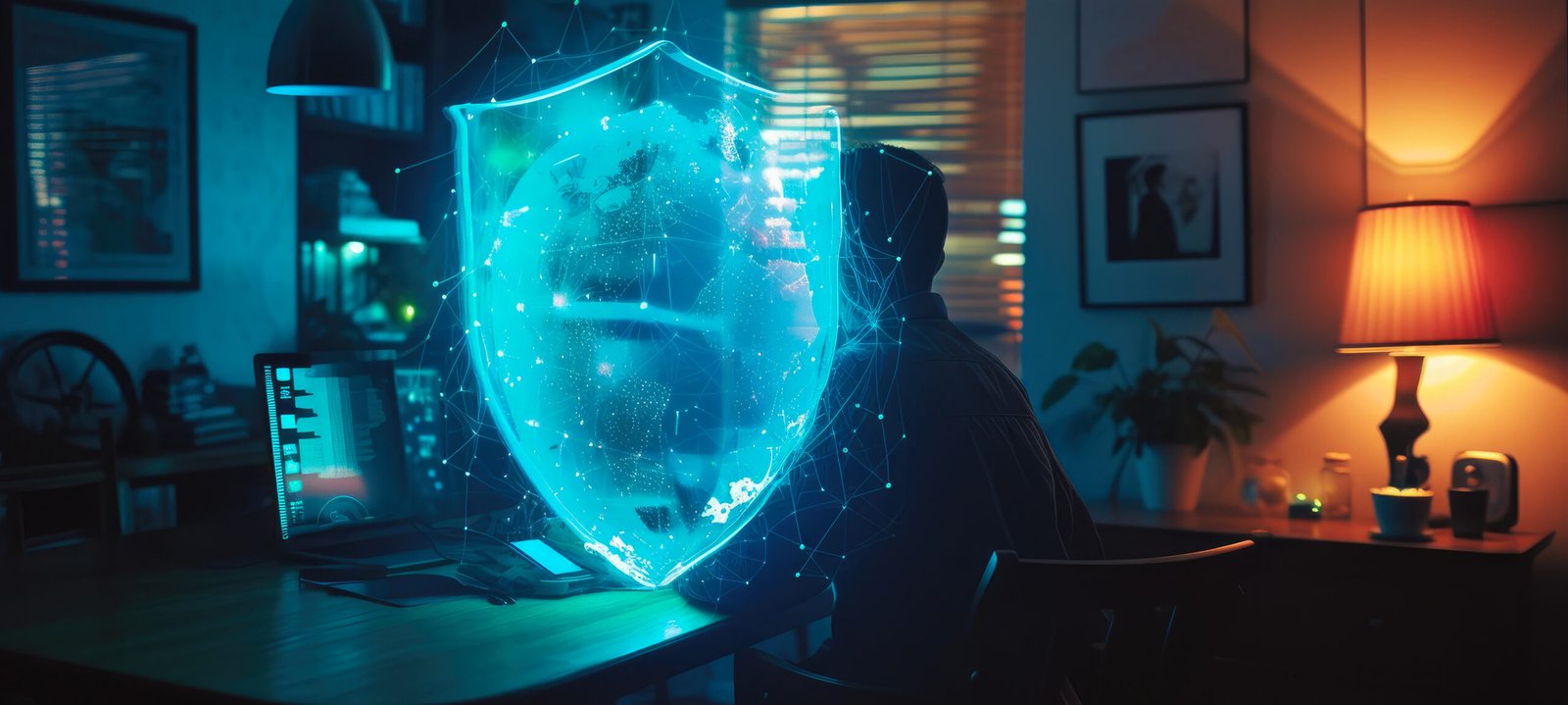
3. IoT vulnerabilities
More utilization of IoT devices has enhanced the attack surface for cyber security within the hyper-connected world. The in-sufficient security controls govern most of the IoT devices, thus making them a soft target for the cyber attacks. The firms ought to use secure IoT devices as an initiative to lower the breaches.
4. Threats to Cloud Security
As increasing numbers of businesses utilize cloud computing, security in this highly connected world requires strict cloud security controls. Misconfigurations threat, data breaches, and insider threats are the type of threats that require strict security controls such as multi-factor authentication and encryption.
5. Supply Chain Attacks
Cyber hackers are more and more utilizing supply chains in the very connected cyber space of today. It is easier and easier for hackers to hit large systems using the vulnerabilities of third-party vendors. Businesses will be forced to search methodically within a program for security in order to meet supply chain integrity.
The Role of AI and Machine
Artificial intelligence and machine learning are also to the rescue to strengthen the cybersecurity of the new world order. Artificial intelligence and machine learning, under their guidance, attacks can automatically be detected, predictive analysis conducted, and intelligence in real-time can be derived. Organizations are capable of identifying and eliminating cyber attacks even before they strike at their vulnerabilities via AI-based security solutions.
Automated Threat Detection – AI detects anomalies and potential threats from large volumes of data in real-time.
Behavioral Analysis – Machine learning detects suspicious user behavior to prevent unauthorized access.
Enhanced Incident Response – AI-powered response mechanisms enhance the response time to reduce the threat posed by cyber attacks.
Phishing Detection – AI detects phishing emails and malicious URLs to prevent data breaches.
Security Best Practices in a Hyper-Connected World
Zero Trust is a security model that presumes everyone and everything is a threat. Organizations will need to have strong access controls and real-time monitoring in case they are secure from cybercrime in the modern networked era.
2. Endpoint Security
With the increasing prevalence of remote work, endpoint security has become one of the most vital cybersecurity areas in the hyper-connected age. Antivirus software, firewalls, and EDR technology must be implemented by organizations.
3. Hold Periodic Security Audits
Organizations become feasible due to periodic security auditing in order to stay alert to weaknesses and cybersecurity hardening amidst hyper-connection times. Scanning for weaknesses and penetration tests must be integrated into security schemes.

4. Train Employees on Cyber Hygiene
Human mistake is an insecurity specter as too in the age of hyper-connection under cybersecurity. Phishing attack awareness training will allow workers to identify such attacks and have security best practice.
5. Roll out Multi-Factor Authentication (MFA)
MFA is another security feature that guards against unauthorized access threat under cybersecurity in the age of hyper-connection. Its rollout on all equipment guards against compromise by means of credentials.
Directions for Future Cybersecurity in a Hyper-Connected World
1. Quantum Computing and Cybersecurity
Quantum computing will transform the cybersecurity landscape in a hyper-connected world. While offering unparalleled computational power, it can also be a nightmare for existing encryption technology. Businesses will need to develop quantum-resistant cryptography technology to drive the future.
2. Blockchain for additional security
Blockchain. It supports distributed security technologies to provide more advanced cybersecurity in the era of hyper-connectivity. Blockchain immutability can be leveraged while providing protection for sensitive data, payment systems, and identity management.
3. 5G Security Challenges
5G rollout brings new cyber threats in the highly networked world. More connectivity and more use of IoT create more entry points for cyber attackers. Deployment of robust 5G security technology is crucial in avoiding potential vulnerabilities.
4. Biometric Authentication
Biometric authentication such as fingerprinting and face recognition go mainstream for cybersecurity in the highly networked world. They provide a safer alternative to the password.
5. Cybersecurity Legislation
More aggressive cybersecurity rules are being levied by governments to combat cyber attacks in a world that is growing more globalized. Companies have to get GDPR and CCPA compliant with data privacy legislation in order to be legal and to keep customer information safe.
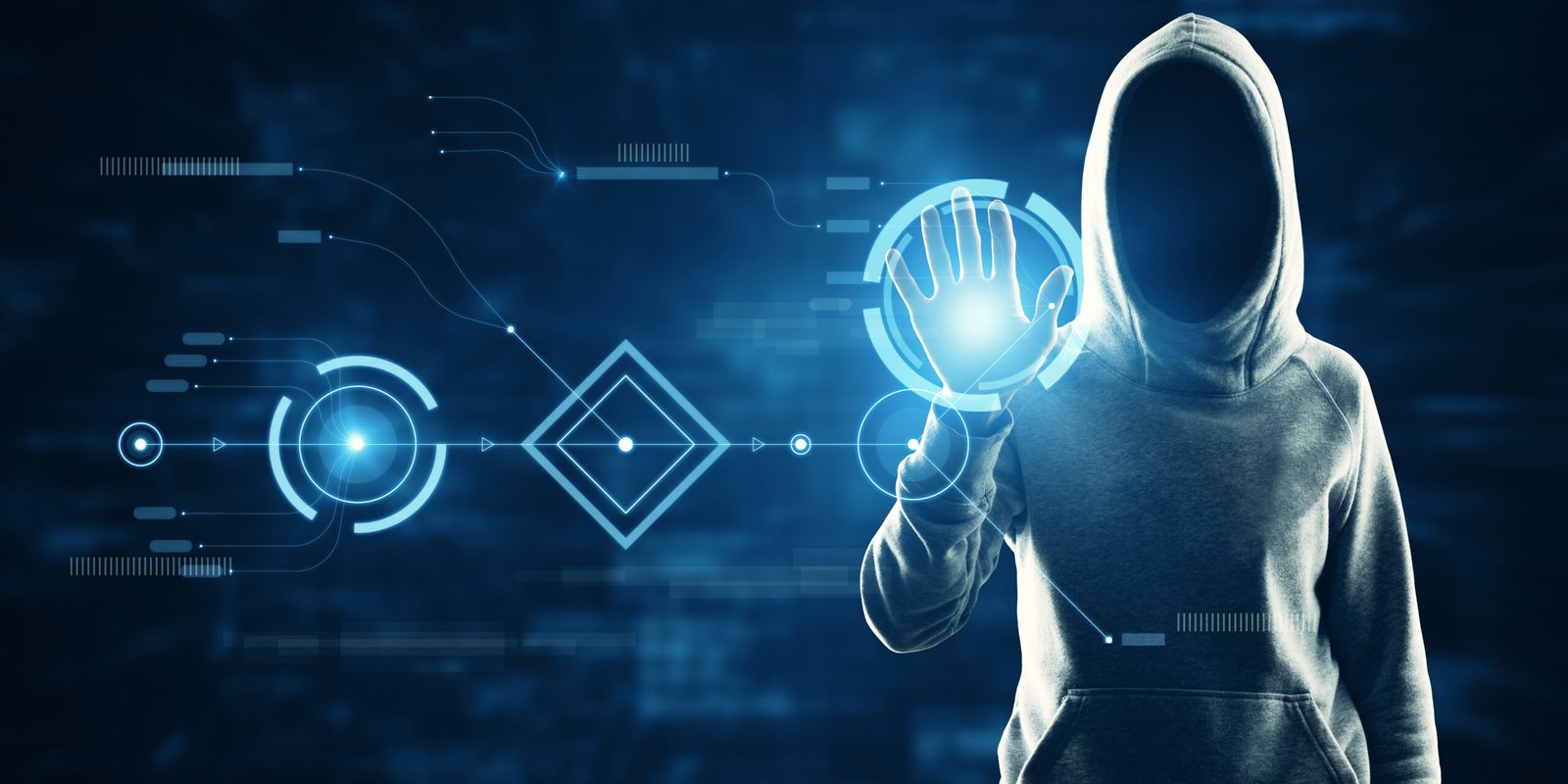
6. Smart City Cybersecurity
As cities become smart, cybersecurity in the age of ultra-connectivity now includes safeguarding critical infrastructure. Traffic systems, power grids, and public surveillance networks need to be shielded from cyber-attacks which can impact millions.
Firms are putting more money into bug bounty programs and ethical hacking to enhance cybersecurity in the connected world. Ethical hackers assist in revealing vulnerabilities before malicious users exploit them, thereby enhancing overall security robustness.
8. Data Privacy and Personal Security
As individuals share greater amounts of personal data online, cybersecurity in the hyper-connected future will have to address data privacy concerns. Strict data encryption, user data control, and privacy policies will form the future security online.
9. Security Orchestration and Automation
Security procedures will be automated so organizations can respond better to threats. Security orchestration integrates several disparate security tools into a smooth, efficient security approach.
10. Artificial Intelligence Cybersecurity
With the emergence of AI technology, AI models will be shielded by cybersecurity against data poisoning, adversarial attacks, and exploitation of bias.
11. Zero-Day Attack Prevention
Zero-day vulnerabilities are exploited by cybercriminals prior to patch availability. Active threat intelligence and vulnerability management will be needed.
12. Cybersecurity Awareness for Remote Work
Remote work is security risk. Organizations need robust security controls, secure virtual private networks, and endpoint security solutions.
13. Autonomous Vehicle Security
Autonomous cars are software-dependent, and thus they become a potential threat target for cyber attacks. Keeping their cybersecurity will be on the agenda in a hyper-connected world.

14. Next-Generation Email Security Controls
Phishing is an ongoing threat. AI-based email security and making individuals aware to be cautious will play a key role in reducing threats.
Conclusion
Because technology is ever-evolving, cybersecurity in a hyper-connected world is on top of the agenda. Companies will need to stay alert, adopt cutting-edge security technologies, and educate workers to ensure cyberattacks are prevented. The intersection of AI, blockchain, and zero-trust security models will shape the next chapter in cybersecurity. Looking into the future of threats allows companies to defend their digital assets and sustain trust in an increasingly interconnected world. As new forms of cyber threats crop up, groundbreaking cybersecurity technologies will be the differentiator in the protection of our digital destiny.
Disclaimer
Although a huge effort has been made to present accuracy, the material is not expert cybersecurity advice. The readers are requested to refer to cybersecurity experts before making any security decision. The author and publisher disclaim all responsibility for any action taken on the basis of the material presented in this blog.
Recent Posts
Categories
- Cyber Security
- Security Operations Center
- Cloud Security
- Case Study
- Technology Trends
Vulnerability Assessment & Penetration Testing (VAPT)
Buy our VAPT services to identify vulnerabilities, simulate real-world attacks, and strengthen your systems against cyber threats effectively.

iso compliance service
Buy our ISO Compliance services to streamline processes, ensure security, meet global standards, and maintain industry certifications with ease.
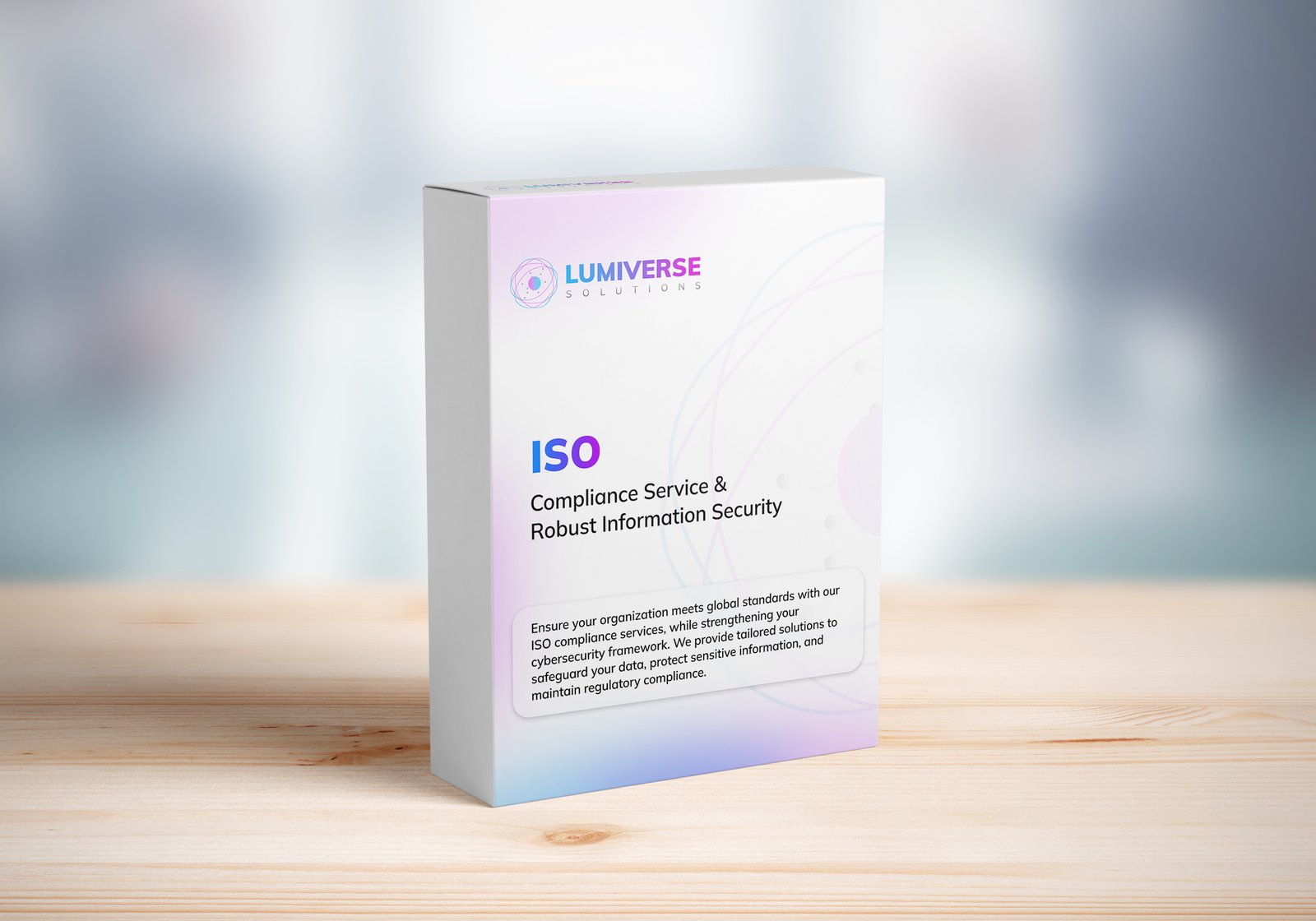
SOC 2 Compliance Audit
Ensure your business meets security, privacy, and compliance standards with our SOC 2 Compliance Audit services. Protect data, build trust, and stay secure. Buy our services today!

GDPR Compliance Audit Services
Ensure your organization meets GDPR standards with our expert compliance audit services. Protect data, avoid penalties, and enhance privacy practices. Buy our services today to stay secure and compliant!
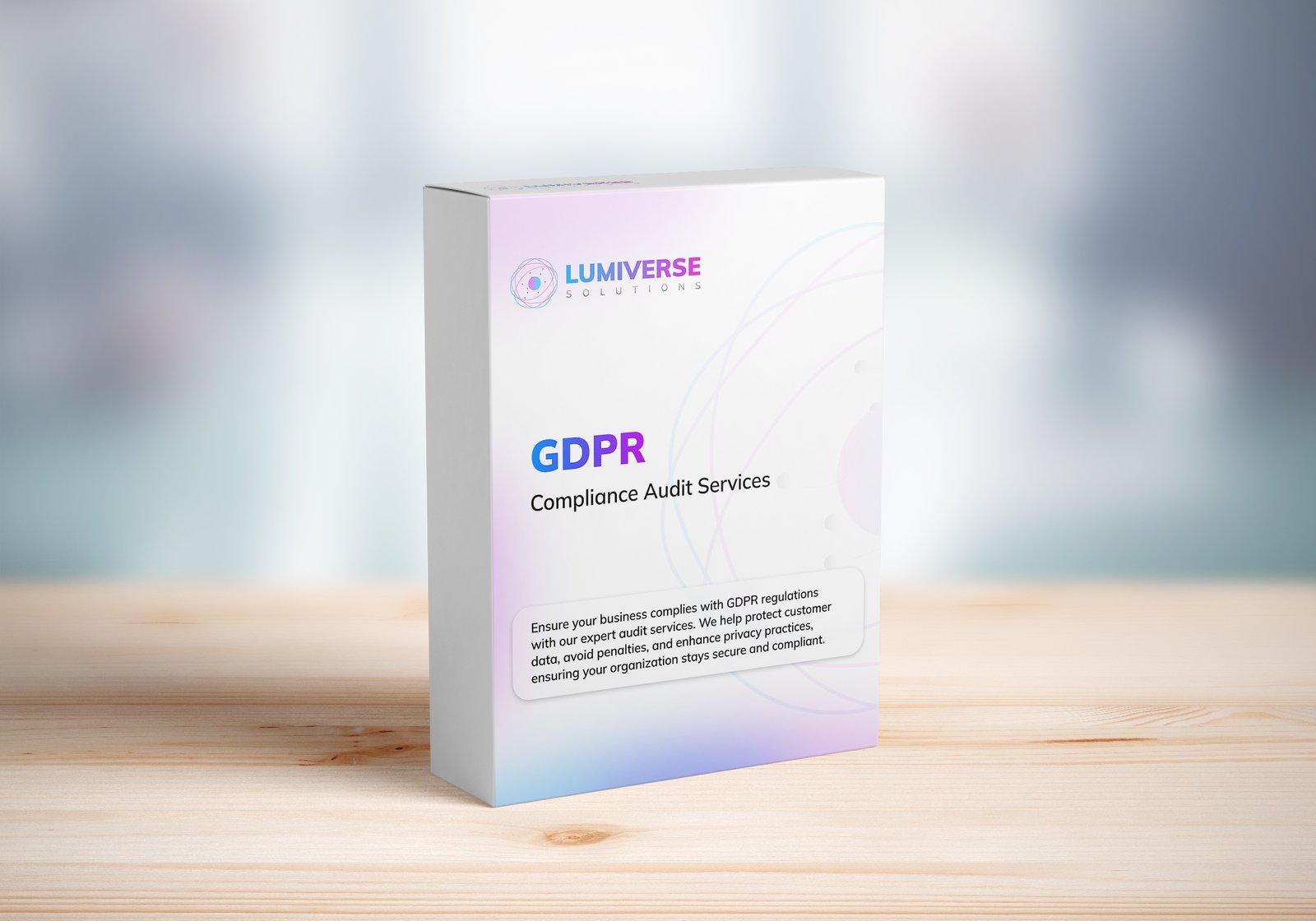
Subscribe to our Research
Enter your email address to subscribe to Lumiverse Research and receive notifications of new posts by email.
Tell Us Your Opinion
We value your perspective! Share your thoughts, feedback, or questions below. Your opinion matters and helps create a richer, more engaging conversation. Let’s connect and hear what you think about this post!
